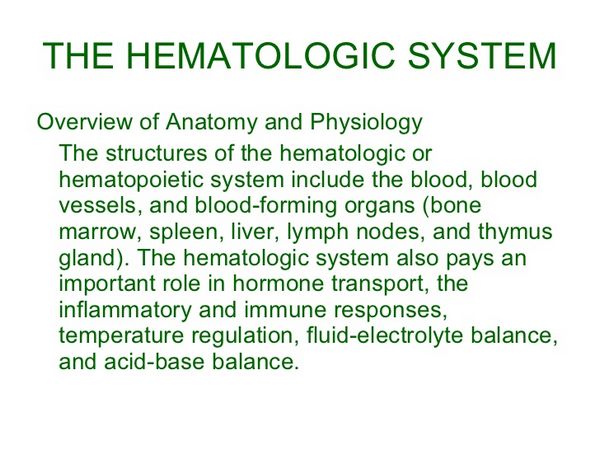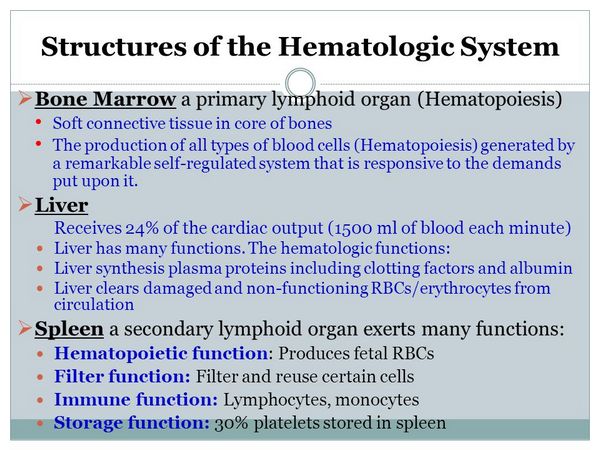Since the days when chloramphenicol was more commonly used, it has been recognized that many antimicrobial drug are associated with severe blood dyscrasias, such as aplastic anemia, neutropenia, agranulocytosis, throm-bocytopenia, and hemolytic anemia. Information on this association has come predominantly from case series and hospital surveys (38^. Some evidence can be extracted from population-based studies that have focused on aplastic anemia and agranulocytosis and their association with many drugs, including antimicrobial drugs. The incidence rates of blood dyscrasias in the general population have been estimated in a cohort study with a nested case-control analysis, using data from a General Practice Research Database in Spain.
The study population consisted of 822048 patients aged 5-69 years who received at least one prescription (in all 1 507307 prescriptions) for an antimicrobial drug during January 1994 to September 1998. The main outcome measure was a diagnosis of neutropenia, agranulocytosis, hemolytic anemia, thrombocytopenia, pancytopenia, or aplastic anemia. The incidence was 3.3 per 100000 person-years in the general population.
Users of antimicrobial drugs had a relative risk (RR), adjusted for age and sex, of 4.4, and patients who took more than one class of antimicrobial drug had a relative risk of 29. Among individual antimicrobial drugs, the greatest risk was with cephalosporins (RR — , followed by the sulfonamides (RR — 7 and penicillins (RR — 3). An immunologically induced hemolytic anemia due to penicillin or its congeners occurs but is rare (44 — . It typically occurs during treatment with high doses (over 10 million units/day) of penicillin for more than 2 weeks. The dose- and time-dependence of this reaction appear to be explained by the underlying mechanism.

During penicillin treatment the erythrocytes are normally coated with penicillin, thereby forming a penicilloyl bond on their surface.
A drug-specific IgG antibody is directed against the complete antigen, that is the penicil-lin-erythrocyte complex, and can be shown in direct and indirect Coombs’ tests. Clinical hemolysis therefore requires both sufficient coating of erythrocytes and high anti-penicilloyl IgG titers. Besides this “hapten” or “penicillin-type” of drug-induced hemolysis, a second less frequent mechanism, the so-called “innocent bystander” mechanism can occur.

Penicillin-antibody complexes are only loosely bound to erythrocytes and activate complement, which can be detected on the erythrocyte surface with the complement antiglobulin test (“complement” or “non-gamma” type). This mechanism plays a part in immune hemolytic anemias due to various drugs other than penicillins. The hemolytic reaction can continue for weeks after withdrawal of penicillin, that is as long as sufficient penicillin-coated erythrocytes and specific antibodies remain in circulation. That any penicillin derivative can cause hemolytic anemia is emphasized by the following case.
- A 34-year-old woman with cystic fibrosis took piperacillin 6 g tds for respiratory distress. She had no known allergies, although she had previously had pruritus while taking ceftazidime and tingling in her hands with aziocillin. She had completed courses of amoxicillin and flucloxacillin without adverse effects. After about 2 weeks she complained of headache and nausea and passed pink urine. A diagnosis of hemolytic anemia was established and piperacillin was withdrawn. She was given a blood transfusion, prednisone, and folic acid, with good effect. Various antibiotics, including aziocillin, aztreonam, cefur-oxime, ceftazidime, chloramphenicol, colistin, flucloxacillin, gentamicin, imipenem, meropenem, piperacillin, tazobactam, temocillin, and ticarcillin, were incubated with this patient’s serum. Only piperacillin and piperacillin + tazobactam caused agglutination in an indirect agglutination test. The authors concluded that the hemolytic anemia had been caused by piperacillin. Penicillin has been rarely suspected to cause hemolytic-uremic syndrome. Agranulocytosis and leukopenia are discussed in the post on beta-lactam antibiotics. Over the years, several cases of neutropenia after treatment with piperacillin with or without tazobactam have been described, especially in children.
- A 77-year-old man with chronic obstructive lung disease and pneumonia received piperacillin 4 g + tazobactam 0.5 g every 6 hours. The neutrophil count gradually fell to zero after 24 days. Piperacillin + tazobactam was withdrawn and lenograstim was given. Within 4 days, the number of neutrophils started to increase. Lenograstim was withdrawn, and the number of neutrophils returned to normal within a week. He made a full recovery. Whether the rate of hematological adverse effects is higher for piperacillin + tazobactam than for other penicillins is unclear, as is the question of whether neutropenia is more frequent in children than in adults or more frequent in patients with cystic fibrosis than in patients with other conditions. It would anyway be wise to follow patients treated with piperaciUin, either alone or in combination with tazobactam, with particular attention. Thrombocytopenia with penicillins has very rarely been reported. In two cases with mezlocillin and piperaciUin + azobactam antibodies became attached to the platelets in the presence of the incriminated drug. The second of these cases is of particular interest, since drug-dependent antibodies were found in the presence of piperaciUin but not tazobactam.
- A young woman developed microangiopathic hemolysis and thrombocytopenia in temporal relation to three separate courses of penicillin or ampicillin. Bleeding disorders with penicillins are discussed in the post on beta-lactam antibiotics. Disseminated intravascular coagulation has been reported during long-term administration of piperaciUin.
- A 51-year-old man was given piperaciUin 2 g bd for osteomyelitis. After close to 4 weeks he developed acute renal insufficiency and superior mesenteric venous thrombosis. His coagulation profile showed disseminated intravascular coagulation. Withdrawal of piperaciUin and anticoagulation therapy resulted in clinical improvement and normalization of the laboratory data.




